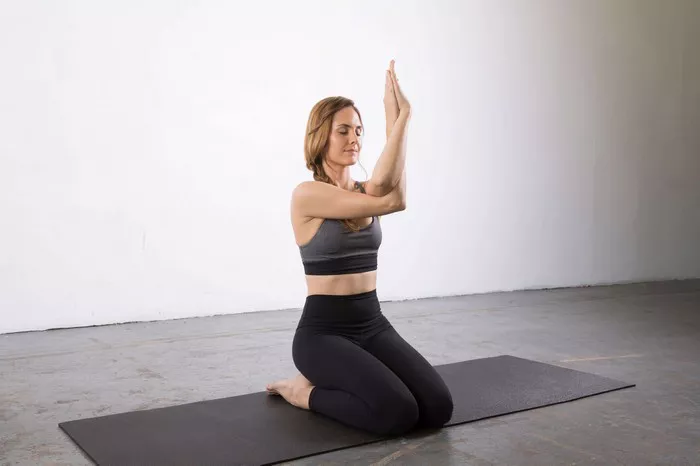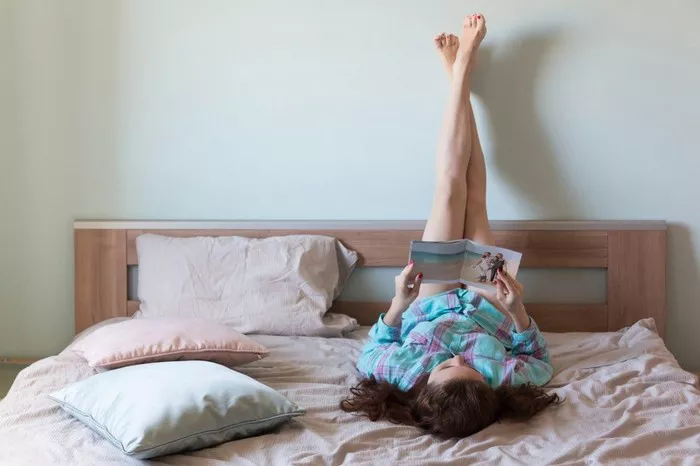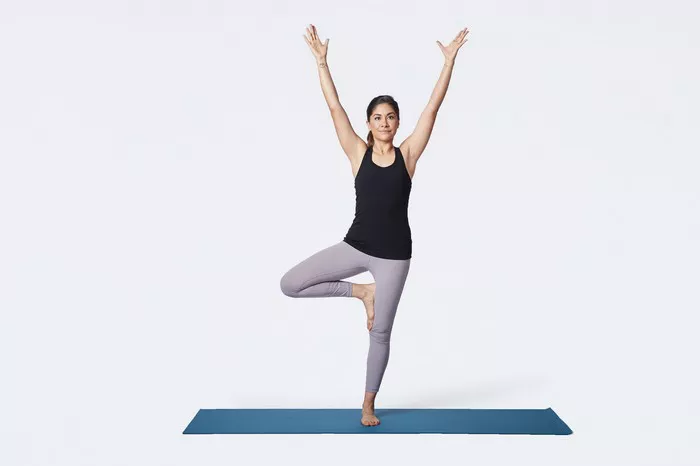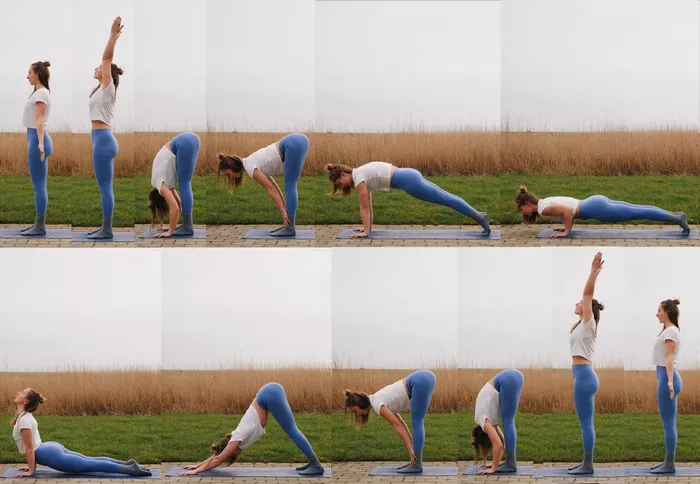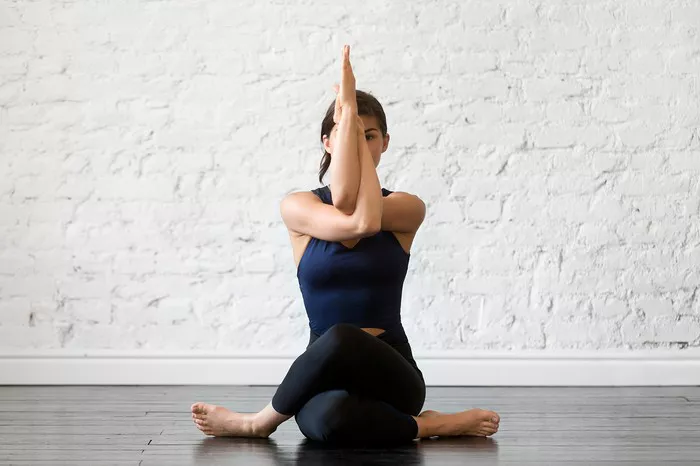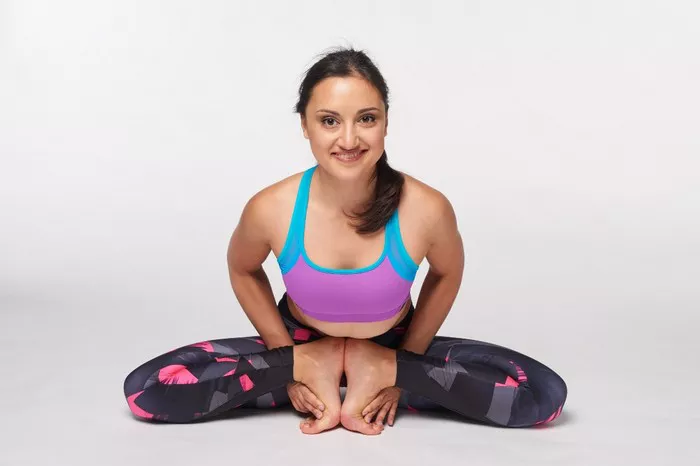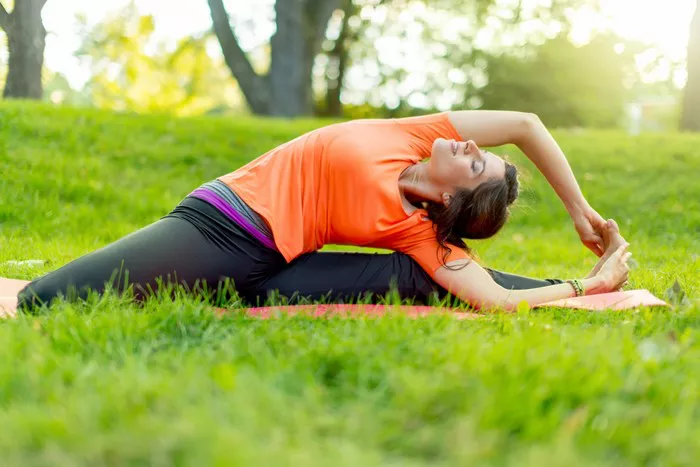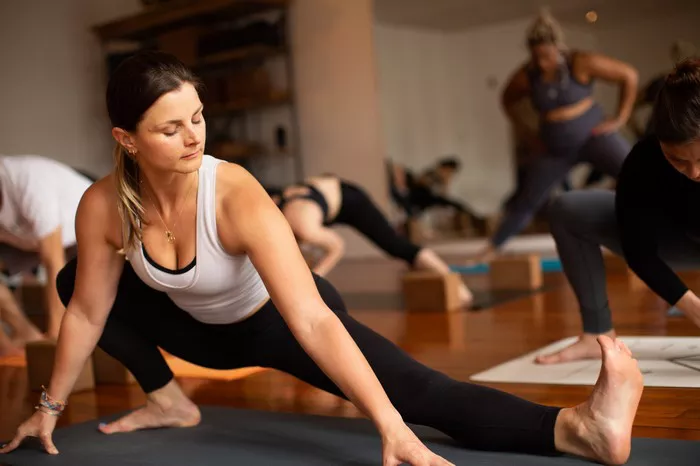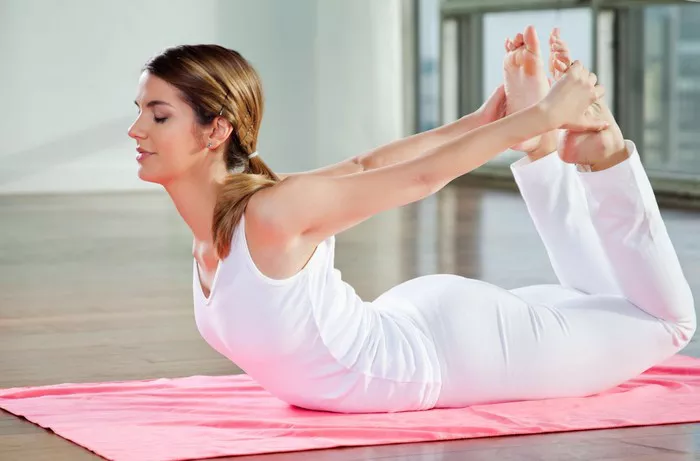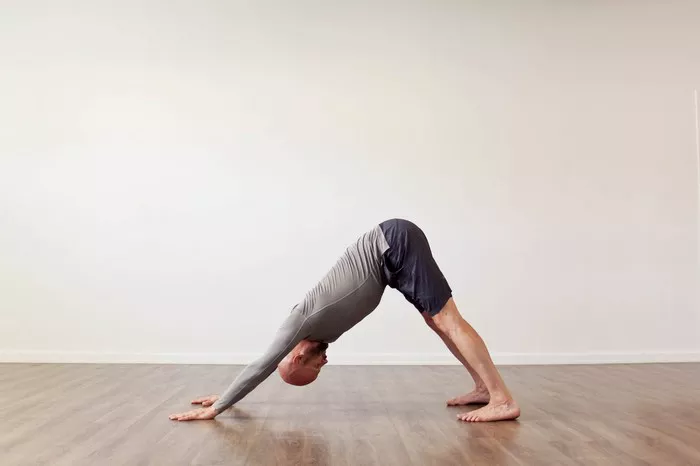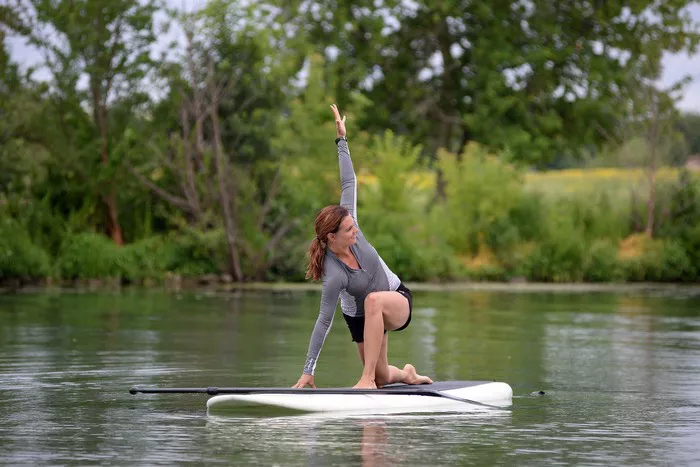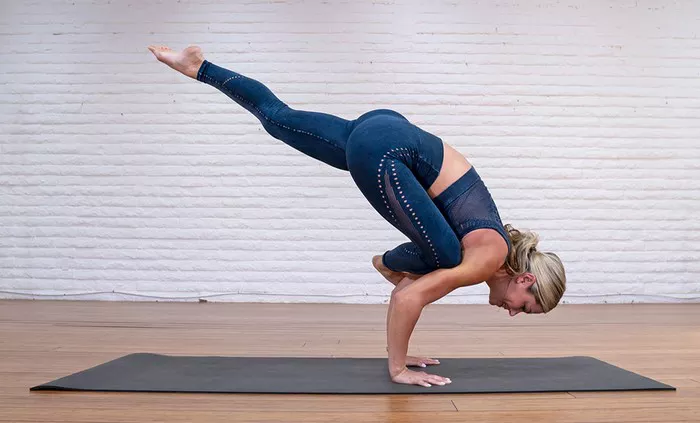Maintaining a healthy and pain-free lower back is vital to overall physical well-being. Sedentary lifestyles, poor posture, and stress can all contribute to discomfort in the lower back. Fortunately, yoga offers a natural and effective way to relieve tension, improve flexibility, and build strength in this vulnerable area. This article explores nine yoga poses that are beneficial for the lower back. Each pose is explained in detail to help you understand its benefits and proper execution.
1. Child’s Pose (Balasana)
Child’s Pose is one of the most effective poses for gently stretching the lower back and promoting relaxation. It helps elongate the spine while relieving tension from the lower back muscles. By folding forward and resting the torso over the thighs, the pose naturally decompresses the vertebrae and encourages deep breathing, which can further ease muscular tightness.
To perform Child’s Pose:
- Start on your hands and knees.
- Bring your big toes together and sit back on your heels.
- Stretch your arms forward and let your forehead rest on the floor.
- Hold the pose for 1 to 2 minutes, breathing deeply.
This pose can be modified by placing a bolster or pillow under the torso for extra support if needed.
2. Cat-Cow Stretch (Marjaryasana-Bitilasana)
This gentle flow between two poses warms up the spine, improves flexibility, and releases tension in the lower back. The Cat-Cow stretch is ideal for people experiencing stiffness after long periods of sitting or standing.
To perform the Cat-Cow stretch:
- Begin in a tabletop position with wrists under shoulders and knees under hips.
- Inhale as you arch your back (Cow Pose), lifting the tailbone and head.
- Exhale as you round your spine (Cat Pose), tucking the chin and pelvis.
- Repeat for 5 to 10 slow breaths, moving with the rhythm of your breath.
Regular practice enhances spinal mobility and can prevent lower back issues before they arise.
3. Downward-Facing Dog (Adho Mukha Svanasana)
Downward-Facing Dog is a full-body stretch that strengthens the back and improves flexibility. Although it may seem challenging at first, it is excellent for lengthening the spine and taking pressure off the lower back.
To perform this pose:
- Start on all fours.
- Tuck your toes and lift your hips toward the ceiling.
- Straighten your legs as much as possible without straining.
- Press your hands into the floor and allow your head to hang freely.
- Hold for 30 seconds to 1 minute.
Ensure your spine remains long and extended throughout the pose. If your hamstrings are tight, keeping a slight bend in the knees can help.
4. Sphinx Pose (Salamba Bhujangasana)
Sphinx Pose offers a gentle backbend that strengthens the spine and stretches the lower back. It is an excellent pose for those who suffer from chronic lower back discomfort due to weak core muscles or extended sitting.
To practice Sphinx Pose:
- Lie on your stomach with your legs extended and tops of feet on the floor.
- Place your elbows under your shoulders and forearms on the mat, parallel to each other.
- Inhale as you lift your chest and engage your abdominal muscles.
- Hold the pose for up to 1 minute, breathing steadily.
Avoid overextending the spine. Focus on lengthening rather than arching the back.
5. Supine Twist (Supta Matsyendrasana)
This reclining spinal twist gently massages the abdominal organs and stretches the lower back. It’s particularly effective for relieving tension and improving spinal mobility.
To perform the Supine Twist:
- Lie on your back with your arms extended out in a T shape.
- Bend your right knee and bring it across your body toward the left.
- Keep both shoulders grounded on the mat.
- Hold for 30 seconds to 1 minute, then switch sides.
This pose is beneficial for both the spine and digestion. It’s also a calming posture that can reduce stress and promote better sleep.
6. Bridge Pose (Setu Bandhasana)
Bridge Pose strengthens the lower back, glutes, and hamstrings while opening the chest and hip flexors. It is especially helpful for people with lower back pain caused by prolonged sitting or poor posture.
To perform Bridge Pose:
- Lie on your back with knees bent and feet flat on the floor, hip-width apart.
- Place your arms alongside your body, palms down.
- Press through your feet to lift your hips toward the ceiling.
- Hold for up to 1 minute, then slowly lower down.
Engage your core and avoid overarching the back. This pose can be made more restorative by placing a block under the sacrum for support.
7. Thread the Needle Pose
This pose provides a deep stretch to the outer hips and lower back. It’s especially useful for targeting the piriformis muscle, which, when tight, can contribute to sciatic nerve pain.
To practice Thread the Needle:
- Lie on your back with your knees bent and feet on the floor.
- Cross your right ankle over your left thigh.
- Thread your right arm through the space between your legs and clasp your hands behind your left thigh.
- Gently pull your left leg toward your chest.
- Hold for 30 seconds to 1 minute, then switch sides.
Maintain a neutral spine and avoid lifting your head or shoulders off the mat.
8. Legs-Up-The-Wall Pose (Viparita Karani)
This gentle inversion allows gravity to assist in releasing tension from the lower back while promoting relaxation. It’s an excellent pose for winding down and resetting after a long day.
To perform this pose:
- Sit next to a wall and lie down on your back.
- Swing your legs up the wall so your body forms an L shape.
- Allow your arms to rest by your sides, palms facing up.
- Close your eyes and breathe deeply for 5 to 15 minutes.
Use a folded blanket or bolster under the hips for added comfort. This restorative posture is also beneficial for circulation and stress relief.
9. Reclining Hand-to-Big-Toe Pose (Supta Padangusthasana)
This pose stretches the hamstrings, calves, and lower back. Tight hamstrings often contribute to lower back pain, so lengthening these muscles can provide significant relief.
To perform this pose:
- Lie on your back with legs extended.
- Raise your right leg and hold the big toe or use a strap around the foot.
- Keep the left leg extended on the floor.
- Hold the stretch for 30 seconds to 1 minute, then switch sides.
Avoid locking the knees and ensure your hips stay grounded. This pose helps increase flexibility and reduce muscle tension in the lower back.
Final Thoughts
Incorporating these yoga poses into your regular routine can lead to noticeable improvements in lower back comfort, flexibility, and strength. While each pose provides its own specific benefit, together they form a comprehensive approach to spinal health. Always listen to your body and practice with mindful awareness. If you experience persistent pain or have a medical condition, consult with a healthcare professional or a certified yoga instructor before beginning any new exercise regimen.
With patience and consistency, yoga can become a valuable tool in maintaining a healthy, resilient lower back.
Related Topics:

